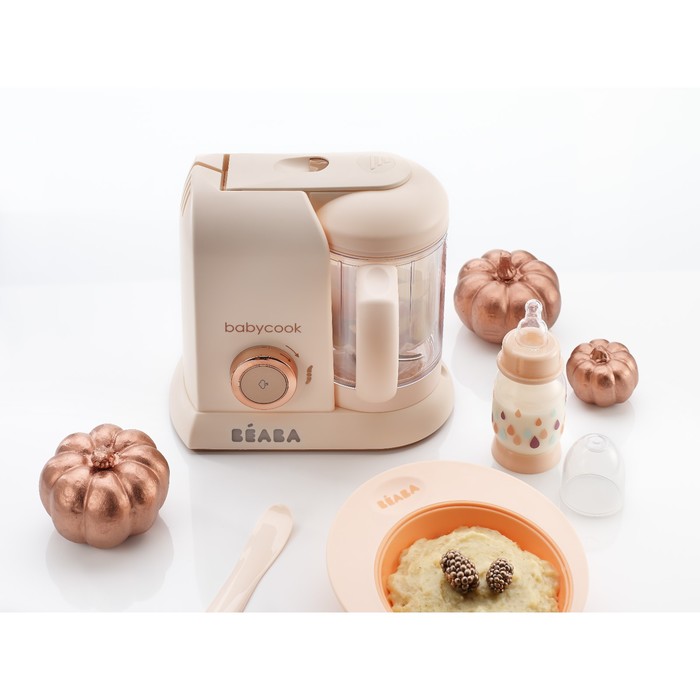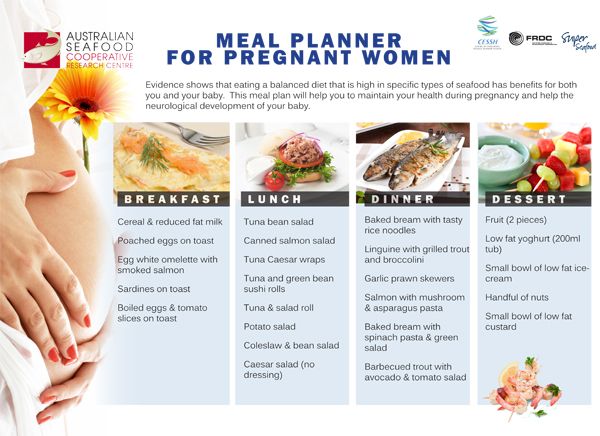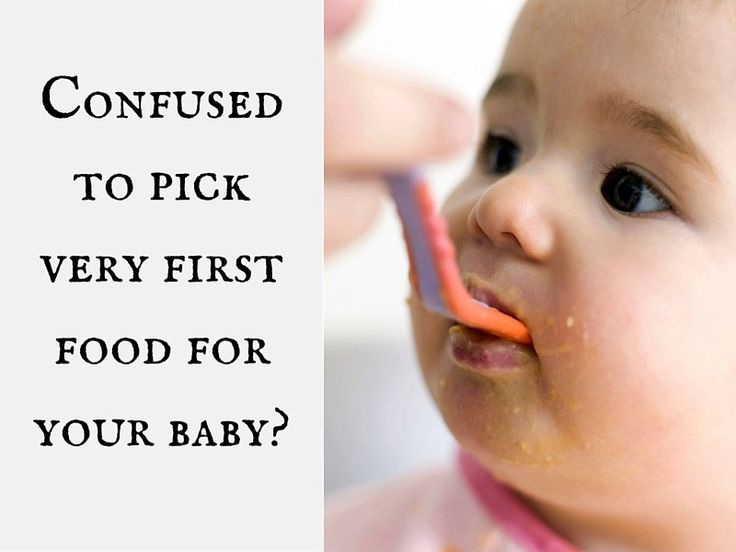Freeze baby food in breast milk bags
Breastmilk Bags - 8 Other Ways To Reuse Breast Milk Storage Bags
It doesn’t matter whether your breastmilk bags are reusable or from the unused stash, do not throw them away. With everyone trying to reduce waste, there are so many ingenious ways to reuse or upcycle your belongings instead of throwing them out. Here are 8 other ways you can put those breastmilk bags to work without adding more stress on Mother Earth.
1. Freeze smoothies
Image | Pinterest
Store your precut fruit mix in them because they are great for rush days when you only have time to make a quick smoothie for breakfast. Just cut up your fruits on grocery day and mix them up into whatever combos you prefer before freezing them. That way they are always ready for you when you need to make a quick smoothie.
2. Freeze baby food
Image | Musely
Aside from storing milk, breastmilk bags are great for storing homemade baby food as well. These are great for busy mums who need to cook them in huge batches over the weekend and weaning babies. Just freeze according to the portion you want. No eyeballing needed since you already have the measurements printed on the bags for you.
3. Store medication that leaks
Image | Pinterest
Have you ever tried putting all your bottle medications into a ziplock bag that’s a tad too big only to have them knock against each other and spill? Well, then try using breastmilk bags instead because not only will they stay upright all the time, you will also be able to fit in the syringe together.
4. Protect your phone from getting wet
Image | shakymommy
Knowing how well breastmilk bags are made and how leak proof they are, you could actually use them to protect your phones from getting wet. Of course, we’re not suggesting that you take your phone diving with you, but those double ziplock bags will definitely make your phone splash proof.
5. Bag your toiletries when travelling
Image | mrsmommyholic
Breastmilk bags are also great when you’re travelling with different toiletries. Smaller bags mean you can pack your toiletries into groups rather than dump several bottles into a large ziplock bag only to have them all mixed up.
Smaller bags mean you can pack your toiletries into groups rather than dump several bottles into a large ziplock bag only to have them all mixed up.
6. Freeze your leftover boozy punch from Christmas
Image | Pinterest
Have some leftover punch from Christmas? Don’t throw them out! You can pack them into serving size with these breastmilk bags! Great for late night drinks and you won’t even need to break out the blender or worse, wake everyone up.
7. Soups or Broth
Image | rays_zen
If you’re on a keto diet, this is a good tip for you because now you have a way to keep all that bone broth you’ve been slaving over the stove for hours. Okay so maybe your pressure cooker did all the work, but with these breastmilk bags you will be able to store each portion easily and enjoy them throughout the weeks.
8. Packed fruits for the kids
Image | madtownworkit
This is a super great idea when you’re going on road trips with kids. Pack crackers, fruits or even pretzels into these breastmilk bags and hand them out to each child when they are feeling hungry. No need for unnecessary pit stops along the way and they can always reseal the bag themselves if they cannot finish.
No need for unnecessary pit stops along the way and they can always reseal the bag themselves if they cannot finish.
Did we miss out any other ingenious uses for breast milk storage bags? Let us know in the comment box below!
Got a parenting concern? Read articles or ask away and get instant answers on our app. Download theAsianparent Community on iOS or Android now!
Everything You Need to Know About Storing Homemade Baby Food
Save for Later!
This post may contain affiliate links. This means I get paid a small commision for things I gladly recommend at no extra cost to you.
If you are ready to prepare some solids for your baby, you are going to need to know how to store your homemade baby food. Ever since I started my Instagram account, I have shared many of my followers’ baby food preps from real moms. Here are 4 outstanding before and after examples of baby food preps from real moms you must see. It’s my way of praising the parent for all their hard work and also to show different recipes, explain how long it took, etc.
The most asked question I get from these posts is “What container is that?”. With so many options for storing homemade baby food these days, how do you choose? Here are seven different “buckets” and my view on each.
More baby food tips:
- Best Blenders for Baby Food
- 13 Baby Food Prep Hacks That Save Time & Money
- FREE PRINTABLE: Baby Food Meal Planner
But before we get to the storage solutions, make sure you know that baby food lasts 3 days in the fridge, and 3 months in the freezer. That’s why it’s so important to label the storage solution of your choice with the name of the combination and the date it was stored in the fridge or freezer.
So let’s get started on all your storage solution options!
1. Ice trays
The simplest and probably cheapest way to store homemade baby food is in ice cube trays. These are obviously easy to find and cheap – you can even find them at the dollar store. These are a great starting point for young babies as the volume needed is not as high.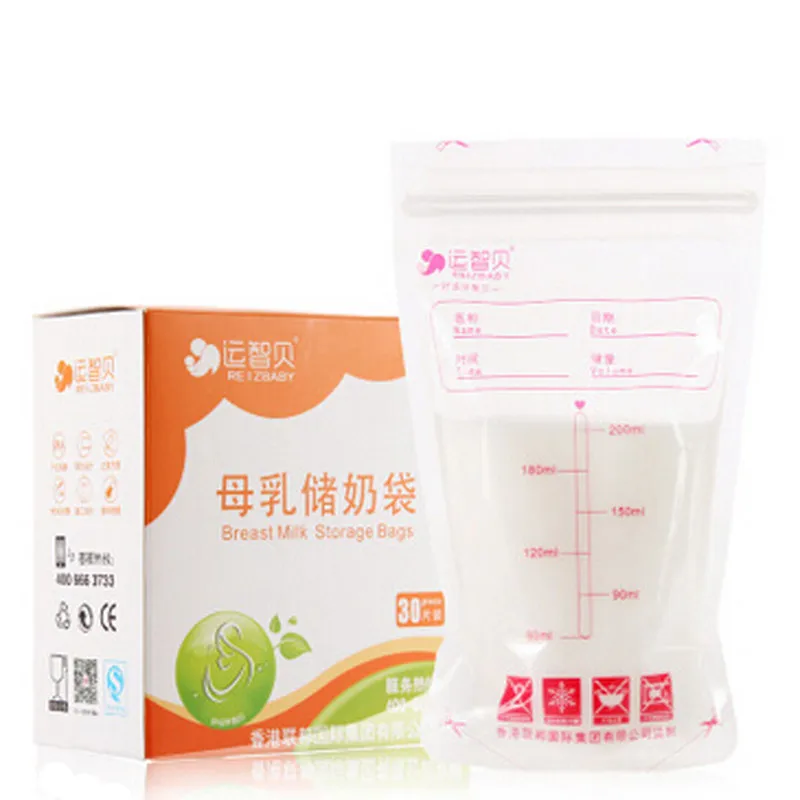 Filling up 2-3 ice cube trays would be easy and quick and could last a 4-6-month-old the rest of the week (since at this stage, it’s mostly experimenting with food and testing for allergies).
Filling up 2-3 ice cube trays would be easy and quick and could last a 4-6-month-old the rest of the week (since at this stage, it’s mostly experimenting with food and testing for allergies).
A Must Read: 3 Mistakes New Parents Make When Starting Homemade Baby Food
2. Store Bought Baby Food Glass Jar
If you’ve purchased some store bought baby food (it’s ok!), but don’t throw them out, it’s perfectly fine to re-use them – I did! I used these to store a large batch of my Hearty Cauliflower and Chicken soup.
3. Mason Jars
Mason jars are my favorite for storing homemade baby food. They could be found anywhere these days, even at the dollar store. They come in small, medium and large so you have plenty of options. Make sure wash thoroughly before you first use them – even sterilize them just in case. If you decide to go this route, I would highly recommend the jars by Sage Spoonfuls. This system is compact, versatile and durable. I still use it today, even though I’m way past the puree stage. Below you can find my Kale, Parsnip, and Pear Puree.
Below you can find my Kale, Parsnip, and Pear Puree.
4. Silicone Trays
Silicone trays are great because these days there are so many brands that make these in all sorts of shapes and colors. This option is the easiest to extract the food because you can push the pocket up without breaking and the food doesn’t stick to the silicone. Here are some great brands that make silicone trays:
- Baby Bullet (pictured below)
- Kiddo Feedo
- Nuk
- WeeSprout
- Tovolo
A Must Read: 4 Must See Before & After Baby Food Preps!
5. Food Storage Bags (sandwich/snack)
There are 2 ways you can use sandwich bags for storing homemade baby food – 1. Put the entire serving in 1 bag, or stock up many individual cubes in a large freezer bag. This is also a great way to extend the food capacity when you are making a big prep – freeze in cubes, then move them to bags, and then continue filling the cubes. Infinite space! Also, Glad, Ziplock, and Target food bags are all BPA free according to their websites.
6. Breast Milk Bags (puree & finger food)
If you over-estimated how many breast milk bags you needed or run out of ziplock bags, you can definitely grab the breastmilk bags to store solids. If it’s good for breast milk, it’s good for solids! I know I had a bunch of leftover bags so I put them to use. Just like the ziplock bags, you can include the entire serving or add cubes. This is a great option when sending pre-portioned food to daycare or the sitters.
7. Reusable Baby Food Pouch
Reusable baby food pouches have really exploded in the last 5 years. There are tons of options and many cute ones as well! The idea is you prefill for on the go. But note that these are generally one serving per pouch so if you want this to be your main source of baby food storage, make sure you have a lot of them. I recommend using other forms like ice trays or silicone trays along with these food pouches. I own pouches by Sage Spoonfuls and Little Green Pouch.
Please note that you don’t just have to use 1 of these methods for storing homemade baby food. Use a few different ones at a time, or whatever you have handy at the time. The idea is to get it done and in the freezer. You can keep in the freezer for up to 3 months.
Use a few different ones at a time, or whatever you have handy at the time. The idea is to get it done and in the freezer. You can keep in the freezer for up to 3 months.
4 Must See Before & After Baby Food Preps!
Homemade Baby Food Recipe: Cinnamon Fruit and Quinoa Breakfast
Homemade Baby Food Recipe: Banana & Peach Buckwheat Breakfast
Homemade Baby Food Recipe: Kale, Parsnip & Pear Puree
Save for Later!
Freezing Homemade Baby Food - Encyclopedia Baby Food
Levchuk Viktoria©
There are some important guidelines for freezing baby food to follow, they are outlined on this page, and there is even a diagram of the foods that can be frozen. We will show you how to freeze freshly made puree and store it. It will be interesting to read.
Good to know!
- The remains of frozen baby food - what to do with them, we will find out in the article. nine0016
- Heading Frozen food - all about baby food cubes.

- New thinking on allergens
Easy to use site map Baby Food Encyclopedia with a list of all articles and recipes.
How long do you keep baby food in the refrigerator or freezer?
Contents:
- Freezer: 4-6 months (ideally used within 1 month or 3 months)
- Refrigerator (fruits/vegetables): 24 hours
- Refrigerator (meat, poultry, fish eggs): 24 hours
For optimal quality and nutrient retention, store frozen baby food cubes in the freezer for no more than 1-3 months .
Frozen baby food is safe to use if kept in the freezer for about 3-6 months without thawing again. However, it is more reasonable to use them in the region of 1 month to 3 months inclusive. Due to the amount of water crystals that accumulate in baby puree, and the fact that nutrients and important substances can be leached/evaporated when thawed due to these same water crystals, it is wiser to use your frozen baby food whenever possible. - no more than 3 months of storage. However, it is best to use within the first month after freezing, we advise. nine0005
- no more than 3 months of storage. However, it is best to use within the first month after freezing, we advise. nine0005
Most sources advise storing fruit and vegetables for 8 to 12 months in the freezer. This is mostly true of whole foods that are congealed in their natural state. This is also provided that the refrigerator compartment remains at a constant temperature below zero. Deep-freezing is best if you want to keep frozen food for a long time. However, it should be remembered that the instructions and recommendations for freezing food for long-term storage do not imply that the fruit or vegetable has been boiled and mashed. nine0005
How long can baby puree be kept in the refrigerator?
In the refrigerator, it is not recommended to store fresh pureed homemade baby food for more than 24 hours. This limitation ensures that the growth of pathogens in the puree is kept to a minimum and that the food does not take on the “refrigerator flavor”. This "rule" applies to vegetables, fruits, meats, etc.
If you do not plan to freeze homemade baby food, then baby food for the baby is prepared every day if he is too small until 8-9months, or every other day, older than the specified age.
Why freeze baby food?
Save parent time, reduce food waste and ensure food safety.
For example, one potato was baked in the oven, and then half was mashed and the other half was frozen.
Frozen vegetables or fruits are safe in baby food
Fruits and vegetables can be frozen. Using frozen fruits and vegetables is the second best option after eating fresh. The quick freezing process (food is frozen at a very low temperature and very quickly) actually preserves the nutrients optimally. Cooking destroys more important nutrients than freezing food. Contrary to myth, freezing food (particularly fruits and vegetables) does not destroy 100% of minerals and vitamins. The freezing process, subject to storage conditions at a constant temperature of zero degrees, does not contribute to the complete loss of nutrients and important substances - if this is the case, then most of the population is malnourished, since in winter we eat a huge amount of frozen foods. nine0005
nine0005
Frozen vegetables not cooked at the time of packaging must be cooked before eating. Please remember to read the labels of frozen bags, as some brands of frozen vegetables may be pre-cooked.
One of the most frequently asked questions is "Can I use frozen fruits or vegetables for baby food and then freeze the puree?". Since there are no studies that show that repeated freezing is negative and / or can negatively affect health. The problem is that it is necessary to cook food from products that have been frozen once. But the reality is that a frozen product, going through all the stages from a fresh look to a frozen product in a refrigerator in a store, can survive several defrosting and freezing, as it was written earlier, it is through water crystals that nutrients leave. Therefore, purchased frozen vegetables and fruits must be carefully selected, and we would not recommend preparing baby food from them for subsequent freezing of baby puree. It is clear that sometimes parents have no choice and have to start complementary foods with purchased frozen food, so we carefully choose the packaging and the manufacturer, without holes, without pieces of ice. nine0005
nine0005
For example, from frozen vegetables (home-made or a good quality store-bought bag) that were raw when frozen, we cook a roast, we freeze the leftovers of the roast and use it for its intended purpose next time, but it is not worth freezing the roast after the last defrosting.
Why not refreeze
Do not refreeze thawed food, this is a correct statement. Re-freezing a defrosted product can affect the quality and taste (and possibly nutritional value) of the product, and when it is thawed, pathogenic bacteria may begin to multiply. It is always necessary to prepare defrosted food before re-freezing. The preparation of a thawed product then allows it to be re-frozen in a single cycle. Storing a bag of frozen fruits or vegetables makes food preparation a quick and easy solution. You do not need to defrost the whole package, just get the required amount of the product, and leave the rest in the freezer. nine0005
The easiest way to freeze baby puree is to spoon it into an ice mold, cover with plastic wrap so that there is no air access.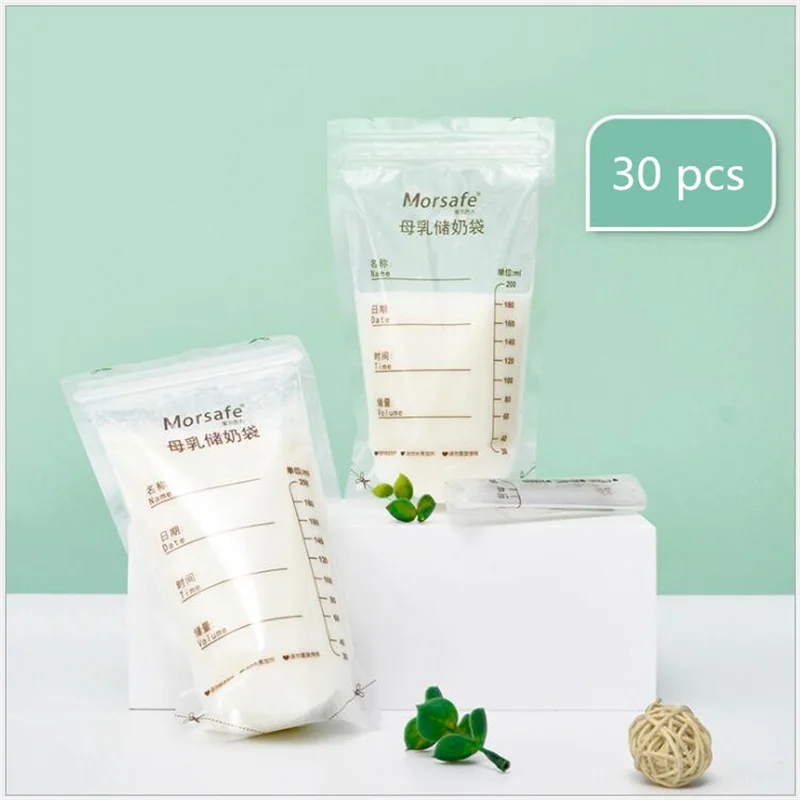
Before using the ice molds, they must be thoroughly cleaned with soap and boiled water. Some parents even immerse their ice molds in boiling water for sanitization (Note: Make sure the sanitization is suitable for the molds before use.)
There are many benefits to storing your child's homemade food in an ice mold:
- Each cube is approximately the same size, which allows parents to determine the amount of food the child consumes.
- Minimal waste by using only 1 cube at a time and not having to waste a lot of food.
- Another advantage is that the ice molds are close at hand and you don't have to go out and buy them.
- The time spent in the kitchen is significantly reduced.
You can transfer baby puree cubes to freezer bags, freeing up molds for the next batch of food and also freeing up some freezer space. nine0005
Do not forget about the labeling of packages with cubes of baby puree, write the date of freezing and the type of puree. This will help you quickly remove the cube from the package, as well as monitor their expiration date.
This will help you quickly remove the cube from the package, as well as monitor their expiration date.
Ice crystals on baby food cubes
Don't worry if ice crystals are visible on baby food cubes. It's not frostbite, but excess liquid used in mashing that rises and solidifies at the top of the cubes. These crystals or frost are not dangerous and will not make baby puree cubes inedible or harmful. nine0005
Frostbite - what is it and how to determine it?
Frostbite looks like greyish brown spots on frozen food. It looks like a leathery type of texture and is easily noticeable. Crystals on frozen foods are not frostbite, but are the result of excess liquid during the freezing process and the formation of ice crystals.
Frostbite does not make frozen foods bad or harmful; it just makes the affected areas very dry. The only thing that can suffer in food that is frostbitten is the quality. You can cut off frostbitten areas and use the undamaged area of food. Frostbite is the result of excess air in a frozen bag that sinks onto food. Eliminate air pockets in bags to help stop frostbite. nine0005
Frostbite is the result of excess air in a frozen bag that sinks onto food. Eliminate air pockets in bags to help stop frostbite. nine0005
Can glass baby food freezer jars or baby food jars like Frutonyanya or Gerber be used? and also such banks are prone to rupture. Baby food jars are not manufactured for freezing or extreme heating. There are glass jars for freezing food in them, but they can be hard to find. Many people freeze in baby food jars, but I'm not a fan of this at all. After all, food is made for the baby because we want to give him the best healthy food; Do you really want to take the risk and freeze baby food in glass jars? nine0005
There are certain plastic jars that are specially made to withstand high temperatures and/or freezing. Therefore, it is best to use plastic containers or ordinary thick plastic bags, convenient and simple. There are also special freezer bags with a zip clip - an interesting option.
Can previously frozen breast milk or formula be used to make vegetable or fruit purees?
Do not use previously frozen breast milk to prepare puree to freeze later this baby food.
Breast milk must never be refrozen in any shape or form.
Milk formula
You can freeze puree to which thawed milk formula has been added. However, formula should not be frozen in bottles or cans. It is impossible to add the mixture to the previously frozen mixture and freeze it. If frozen milk formula is used for mashing, then it is necessary to freeze it at a time without defrosting. Freezing milk formula causes separation of fats and liquids, and the texture suffers accordingly. Although there is no health risk, the same happens with breast milk and cow's milk, the texture and quality suffer a little. However, it is best to prepare the milk formula before putting it in the baby puree and only then freeze the puree. This will be more useful and efficient. nine0005
Some formula manufacturers say that freezing any formula is not recommended, as the process can alter physical properties such as fat separation, which can be difficult for sensitive babies to digest. Freezing does not affect the quality or food sterility, however it will not prolong the shelf life of formula. Freezing may result in the loss of the desired appearance and functionality and is therefore not recommended. nine0003
Freezing does not affect the quality or food sterility, however it will not prolong the shelf life of formula. Freezing may result in the loss of the desired appearance and functionality and is therefore not recommended. nine0003
It may be easier to freeze puree without adding any additional liquids. Since, when defrosted, they are most often liquid, so you have to add oatmeal or rice flakes.
How to freeze baby food - Encyclopedia Baby food
Levchuk Victoria©Knowing how to freeze baby food, you can cook and store whole batches of homemade food for a child, because this is a real find for busy parents.
Contents:
There are several ways to freeze baby food - they all work equally well - but may take up different amounts of freezer space.
By all means …
… homemade baby food must be prepared and then cooled as quickly as possible to prevent bacterial growth. Any food left at room temperature for more than two hours is not safe for a child to consume and should be thrown away. nine0005
nine0005
To cool cooked food quickly, you can try putting it in a shallow container - you can even dip the container in a pot of cold water to help speed up the process.
How to Freeze Baby Food Method 1
Thoroughly clean the ice cube tray and the spoon that will be used to fill each section. The ice maker with a resealable lid is ideal as it protects food from frostbite or picking up any odors from the freezer. If there is no mold with a lid, you can cover with food-safe plastic wrap. Some people use foil, although we don't recommend it as some of the foil will remain in the food! nine0005
Place the filled ice cube tray in the freezer, and - once completely frozen - place them in ZIP bags that take up less space in the freezer.
This method produces small portions of baby food that are ideally sized - typically around 30 grams or so. One cube per meal may be enough for a child to start with, but as they grow, you may need to increase the number of cubes at a time or increase the ice cube tray.
You can also make many different flavors of baby food by mixing and matching different fruit and vegetable cubes, for example, the combination of cubed apple puree with cubed carrot puree, delicious! nine0005
Which ice mold should I choose?
Some ice cube trays are specifically made for baby food and do not contain potentially hazardous chemicals - but you can use a regular ice cube tray, or you might be advised to try a silicone mold, or even stainless steel trays, although the regular plastic version will do. if there is confidence in the quality of the workmanship.
How to freeze baby food - Method 2
Same as method 1, since the process of freezing baby food is the same, only silicone muffin molds are used instead of an ice mold! Their flexibility makes it easy to remove food portions - plus, of course, their use is beneficial when the baby starts to eat more baby food!
How to Freeze Baby Food - Method 3
If no suitable freezer containers are available for baby food, baking paper can be used (although a little more freezer space will be needed initially). nine0005
nine0005
Simply spoon the cooked baby puree onto the baking sheet to form small mounds (though note that this will not work if the puree is too thin). We cover the baking paper with cling film, freeze, and then mix the servings of food into bags, as before.
How to Freeze Baby Food - Method 4
Another good way to freeze homemade baby food is to put the puree into freezer glass jars and place them in the freezer. nine0005
However, please note that you should never freeze baby food in glass jars unless the jar manufacturer has specifically stated that freezing is safe and possible.
Jars that are freezer safe must be properly labeled and distinguished from other tins (including commercial baby food tins) that are not strong enough to withstand the expansion of food that occurs during the freezing process. nine0005
This means that the jar may burst or, even worse, there may be small microcracks that cannot be seen with the eyes, but which will allow tiny pieces of glass to get into the baby's food.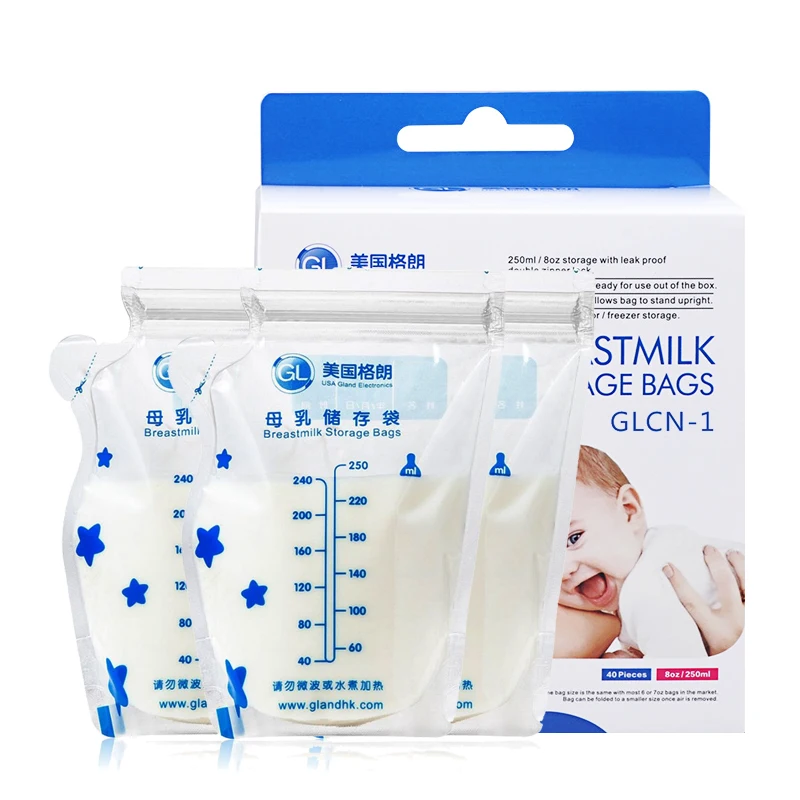
How to Freeze Baby Food Method 5
Probably the most popular way to freeze homemade baby food is to use freezer trays or jars for baby food, there are so many options to choose from! nine0005
Manufacturers, recognizing the growing trend of parents to freeze baby puree, offer special forms of baby food that make life easier, well, because there is a lid! What's more, these molds are free of potentially harmful chemicals, which is something some plastic trays for general consumption are guilty of.
Tracking the finished product
Most types of baby food - especially puree - freeze perfectly. Sometimes you will have to experiment with texture, since the freezing process itself consists in the fact that the water in the product expands when it freezes, destroying the cell walls. This is especially noticeable when the whole food is frozen, for example a frozen banana will be very soft when thawed. nine0005
To reduce the hassle of freezing baby food here are some helpful tips.
 ..
.. - Do not puree too thin before freezing. Keep in mind that many foods become watery when thawed (especially fruits and vegetables), adding extra liquid before freezing will then add too much cereal to thicken!
- Herbs and spices tend to lose their flavor in the freezer. If a baby food recipe calls for them, it is best to add them after after the food is defrosted, just before heating.
- Baked foods - like homemade nuggets or fish fingers - are best frozen when almost cooked but not fully done. This is because the structure of the food when frozen and thawed can behave negatively.
— When freezing yogurt, remember that it may be too thin when defrosted. Sometimes stirring it well is enough to solve this problem - but in some cases, the resulting yogurt is too thin to eat with a spoon, so such yogurt can be used in a smoothie! nine0005
- A good result is obtained from freezing rice and oatmeal, which is good if the morning is like a nightmare and there is no time to organize a full breakfast.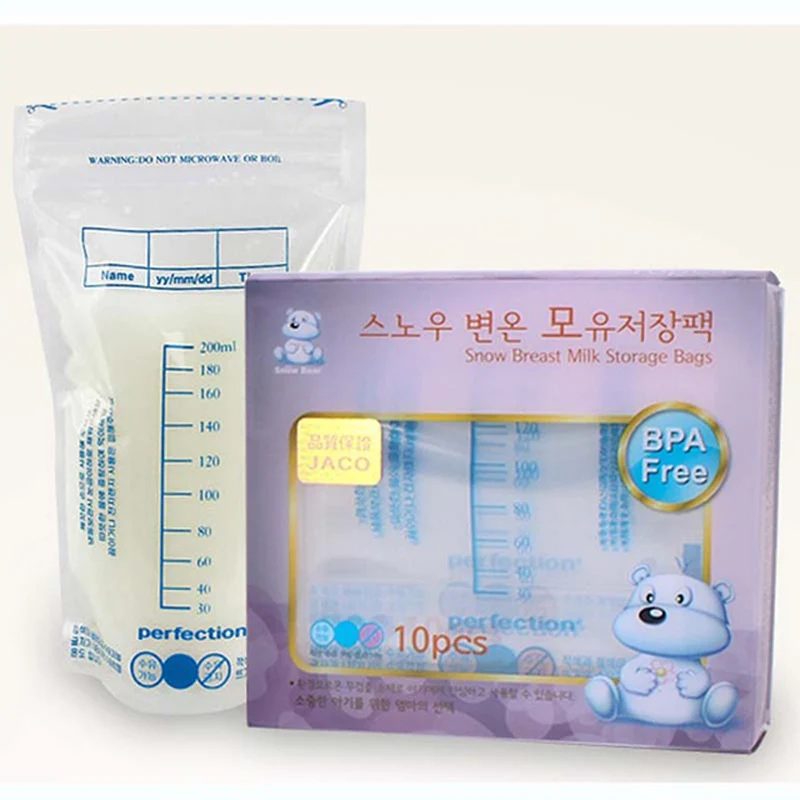 Only cereals should not be made too thin before they are frozen .
Only cereals should not be made too thin before they are frozen .
- Many fruits - especially apples and pears - can look very brown when frozen and thawed. This discoloration is a natural and harmless result of the fruit being exposed to air, but if it's a concern, mixing lemon juice and fruit puree before freezing can solve the problem. Please note that citrus fruits can cause an allergic reaction in babies, so you can use it with a changed color! nine0005
- If you want to make your own stock of vegetable or meat broth, which is convenient, you just need to prepare a large batch at a time and freeze. It's worth trying freezing in ice cube trays or baby food trays, as discussed above - then the ideal size of small portions will be in the freezer to use as needed.
- If baby food has been frostbitten, fortunately food safety is not affected - just thaw and then cut or spoon away the affected areas. nine0005
How to defrost baby food
The safest and easiest way to defrost baby food is to put it in the refrigerator overnight before feeding.




